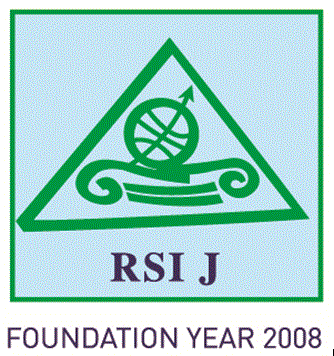Sabyasachi TRIPATHI
Institute for Statistical Studies and Economics of Knowledge. National Research University Higher School of Economics, 11 Myasnitskaya St., 101000, Moscow, Russia
sabya.tripathi@gmail.com
Abstract
The low level of rural to urban migration needs to boost up for a higher rate of urbanization and economic development in India. In this paper, we use cross-section data models to investigate the relevant determinants of rural to urban migration at the city level in India in 2001. City-level analyses show that employment opportunities and availability of infrastructure facilities pull people from rural areas to urban areas; however, a higher level of living cost, poverty, and inequality discourage migration. India’s abundant rural resources such as land and labor need to reallocate to the urban areas to increase productivity and economic growth. In this context, we suggest that management of poverty, inequality, job creation, provision of better infrastructural facilities are essential at the city level to promoting rural to urban migration in India.
Keywords: Urbanization, rural to urban migration, urban economic growth, India
JEL classification: R12, O10, O15
